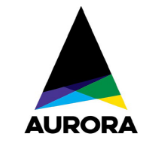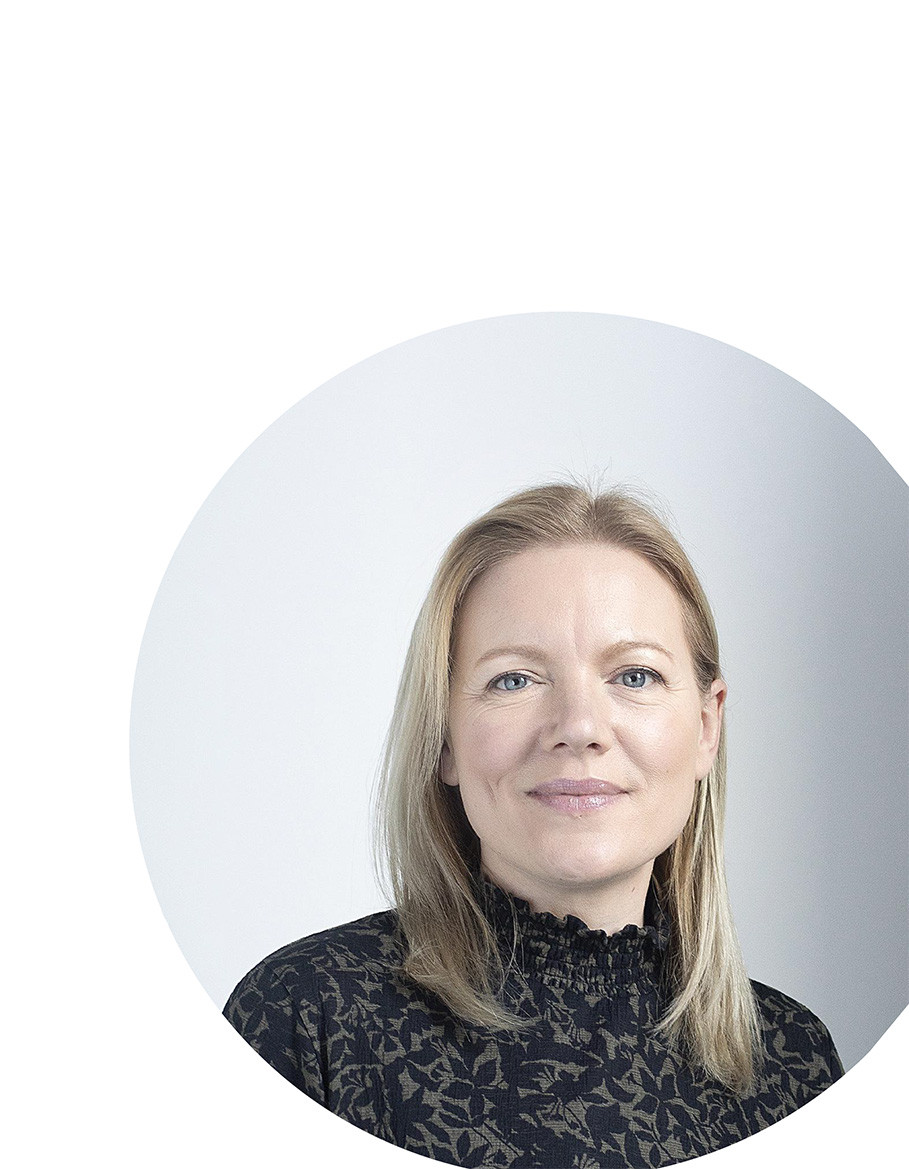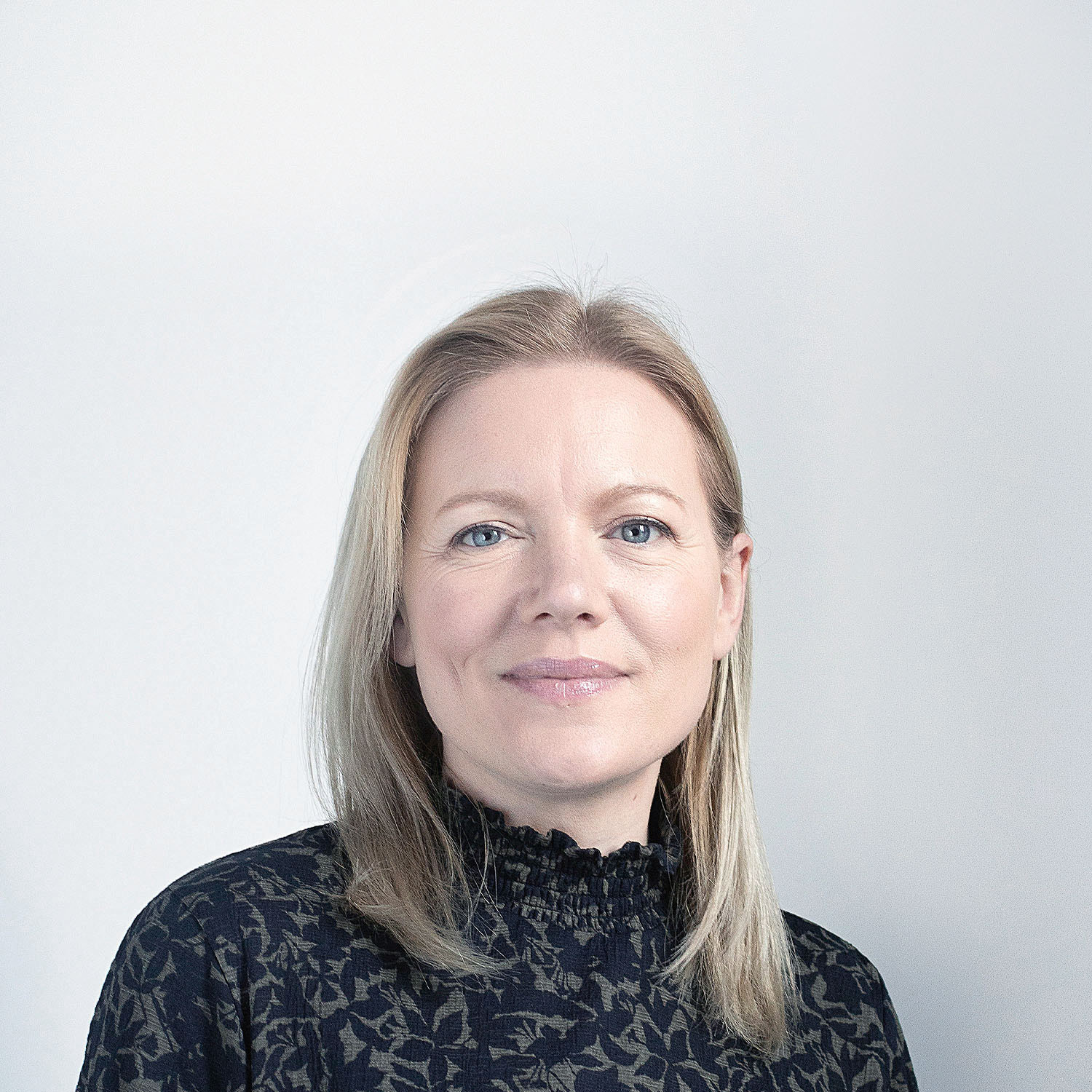Published on
28 September 2022
Under the category
We uncover the differences between CLM for FAs vs Global Banks and explore the opportunities available for CLM technology to solve for the nuanced challenges FAs face around onboarding & KYC.
Here at Aurora, we help a variety of Financial Institutions to achieve their objectives. Our CLM experience across these different client bases allows us to advise and guide organisations based on their specific requirements – and fund administrators are a great example of this. Aurora has built significant knowledge around their business processes, and through this, identified an array of distinctions between their CLM requirements compared to Global Banks.
Nuanced Challenges for FAs
The deeper understanding RegTechs have of these differences, the better they will be able to adapt their solutions to cater for this segment and help fund administrator clients build a differentiated customer journey. So, what are they?
The services fund administrators provide obviously differ significantly to traditional banking products. Whilst banks always have an identifiable product – such an account associated with the client, a lending facility and a specific service (for example, payments), fund administrators do not offer a specific product but rather a set of services outsourced to them by the client. These include fund valuations and NAV price release, financial reporting, regulatory reporting, performance reporting, AML/KYC services, depository and ESG. Therefore, technology built around product onboarding has little value to fund administrators. Instead, they are looking for technology which allows them to distinguish and set up the client for the services they require as well as the various requirements and processes associated with them.
Relationships
FAs and the services they provide often act as an outsourced function for other Financial Institutions, such as Fund Managers. The latter do this so they can focus on managing their portfolio to drive performance and investor relations to grow the fund. As a result, fund administrators often do not have a direct relationship with the investor associated with the fund. The administrator might be invisible to them and, in some instances, go as far as a white labelled service – contracted with General Partners or Promoters. This makes it more challenging for the administrator to identify the end recipient of the service.
A direct relationship tends to be established with a General Partner (GP) or Promoter, with the services fund administrators provide to them including the administration of investor activity with the fund. Part of this is due diligence on the fund or the investment vehicle of the company that investors will be investing in. In this instance, the fund administrator applies its own standards of due diligence, which the GP or promoter must be comfortable with. Due diligence on the investors investing in those funds may also be required. The difference (and challenge), however, is the standard applied in this instance. Whilst in the former example, the standard is determined by the fund administrators, the latter means they must adhere to local (the jurisdiction of establishment of the GP or Promoter) policy requirements and procedures, which are often in exotic locations with compliance requirements that are not always aligned to the Global Standard.
Unlike fund administrators, banks tend to have direct relationships with both funds and investors. In addition, more and more banks tend to rely on centralised onboarding & KYC teams that work directly with the incoming client to coordinate the onboarding across departments. The central team has knowledge of all data and documents required from the client and ensures that the correct information is collected and shared across teams. It also oversees the schedule of the process, acting as a ‘project manager’. Additionally, banks do not have the same complexity associated with the various operational layers of a fund that impact which standard of due diligence is applied to a prospect client.
“The ability of RegTechs to visually unpack the complexity of FA client hierarchies and the nature of those relationships would be of significant benefit to FAs.” Today, RegTech solutions are built around CLM processes that impact the relationship between the Financial Institution and its customer. Whilst FAs can still utilise and adapt processes for ‘clients’ they have an indirect relationship (outsourced services) with, the key requirement of FAs is an ability to link primary client and indirect client in a coherent manner. The ability of RegTechs to visually unpack the complexity of fund administrator client hierarchies and the nature of those relationships would be of significant benefit to fund administrators.
Arriving at a Global Standard
One of the biggest challenges for fund administrators is establishing a Global Standard Policy when trying to honour the requirements of multiple jurisdictions. The offshore locations where many funds are based often have compliance requirements lower than those of other countries. Applying a Global standard to an investor with a heavier due diligence compared to that of their jurisdiction can often result in requiring more information from the client than was originally sought, subsequently extending the onboarding period.
In addition, when a single investor invests in multiple funds and, as a result, is associated with more than one General Partner, especially those of different jurisdictions, the due diligence policy applied becomes even more complex. In this scenario, each jurisdictional policy needs to be applied to a single investor, which means the Global Standard and additional jurisdictional policy uplifts are required. The preferred, although more challenging, approach is to establish the Global Minimum Standard policy where requirements are shared across all jurisdictions, and the differences in rules between those jurisdictions are treated as additional ‘jurisdictional uplifts’. This results in only a small ‘uplift’ in due diligence being required when multiple location standards are in scope for a single entity.
Other financial institutions, including banks, are increasingly adopting tools which centralise and provide access to the information required to complete (and speed up) the onboarding process. This enables access to shared information for both internal and external parties. Whilst standardisation of requirements is beneficial, the accessibility of information is also a new area of focus that could be transferred into the fund administrator sphere.
From a RegTech perspective, there are two key aspects to consider:
- An ability to apply different policy metrics to different entities; and
- Technology advancements focused on sharing the information across organisations (for example, between parent company and a subsidiary).
What we’ve seen
We recently worked with an award-winning fund administrator to improve their customers’ onboarding experience – helping them move away from their very manual and paper heavy processes.
Their goals were to standardise and digitalise these processes to achieve efficiency and improve the end-user experience. The transformation was delivered within less than a year – from defining the target state to configuring and implementing the system based on business requirements. The client went live in all jurisdictions with extremely positive feedback across different business lines.
Working with organisations such as this has helped us recognise that whilst onboarding teams across industry face increasing challenges, especially due to ever-evolving regulatory requirements, there are also opportunities to transform the processes within CLM through a combination of regulatory technology, strategic planning, and business expertise.
In conclusion, CLM technology is being driven forward by increased demand. The top tier solution providers are actively refining and expanding their product offerings as a response to this. Yet, banks are at the core of their heavily invested R&D, leaving RegTech not yet fully adapted to serve fund administrators. However, the existing technology can still provide a lot of value to the latter by streamlining the customer onboarding processes, increase efficiency, and ultimately enhance the fund administrator's customer experience.
Fund administrators themselves have recognised these advantages, which has motivated them to start investing into CLM technology. Moreover, fund administrators are refining their processes and re-shaping their roles and relationships to enhance customer experience further. Aurora works closely with both RegTech vendors and financial institutions, which allows us to recognise opportunities for the solution providers that serve this customer base and tailor their products to answer fund administrators' different requirements.
Keep Reading
Aurora Live »

Aurora CLM
6 November 2024

DORA is coming, but are you ready?
In our latest article, Rebecca Grant, Aurora’s Global Business Manager, unpacks the new Digital Operational Resilience Act (and attempts to make a fairly dry topic a slightly lighter read). Are you ready to embark on your DORA adventure?

Generative AI - The CLM Story
Aurora Business Analyst Rohan Toor takes a look at the role of Generative AI in Client Lifecycle Management.
Still haven't
found what you're
looking for?
Get in Touch
Be the early bird and get in touch today if you have any questions, thoughts or ideas. We’d love to hear from you.
 Home
Home



